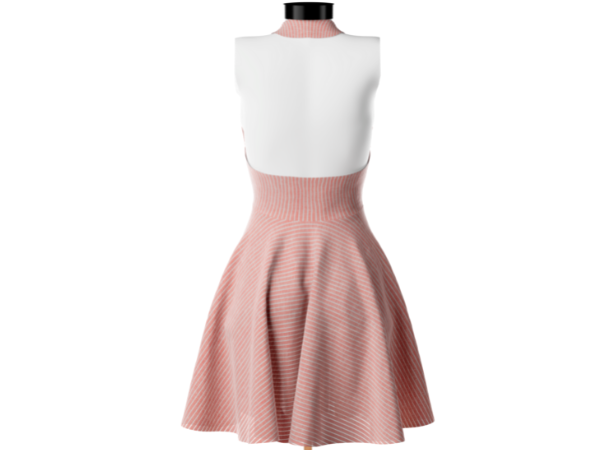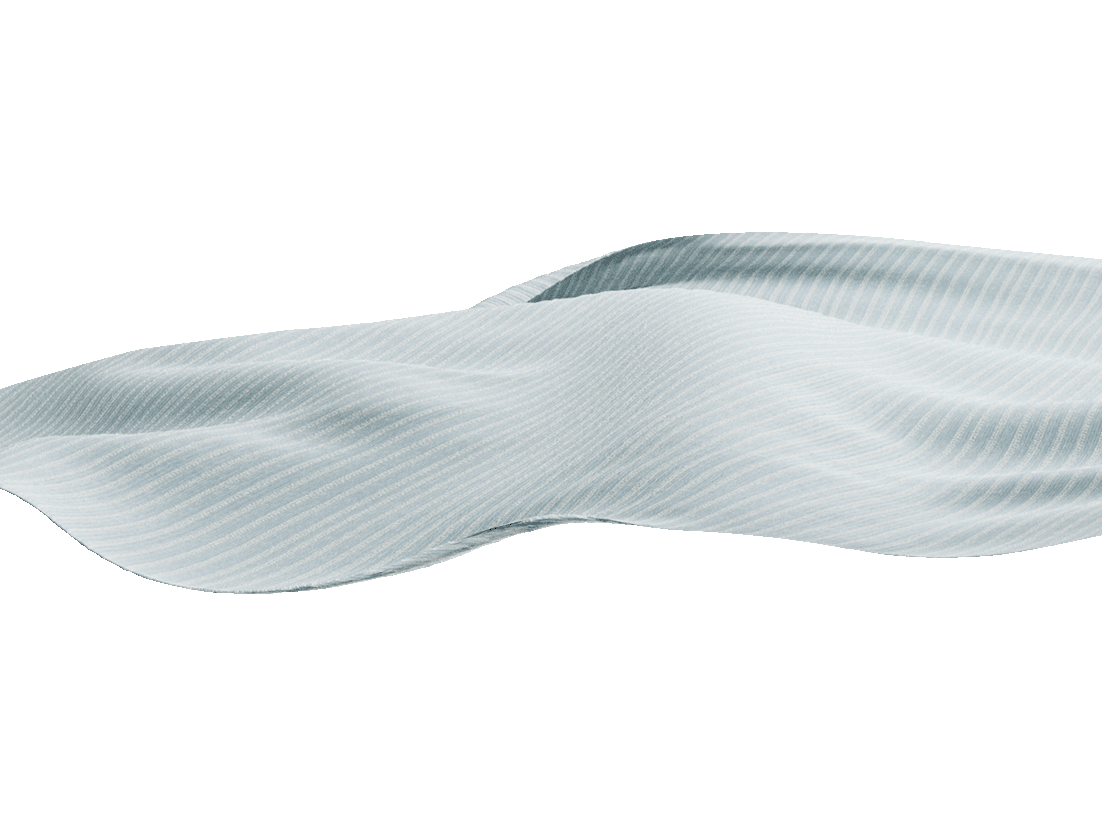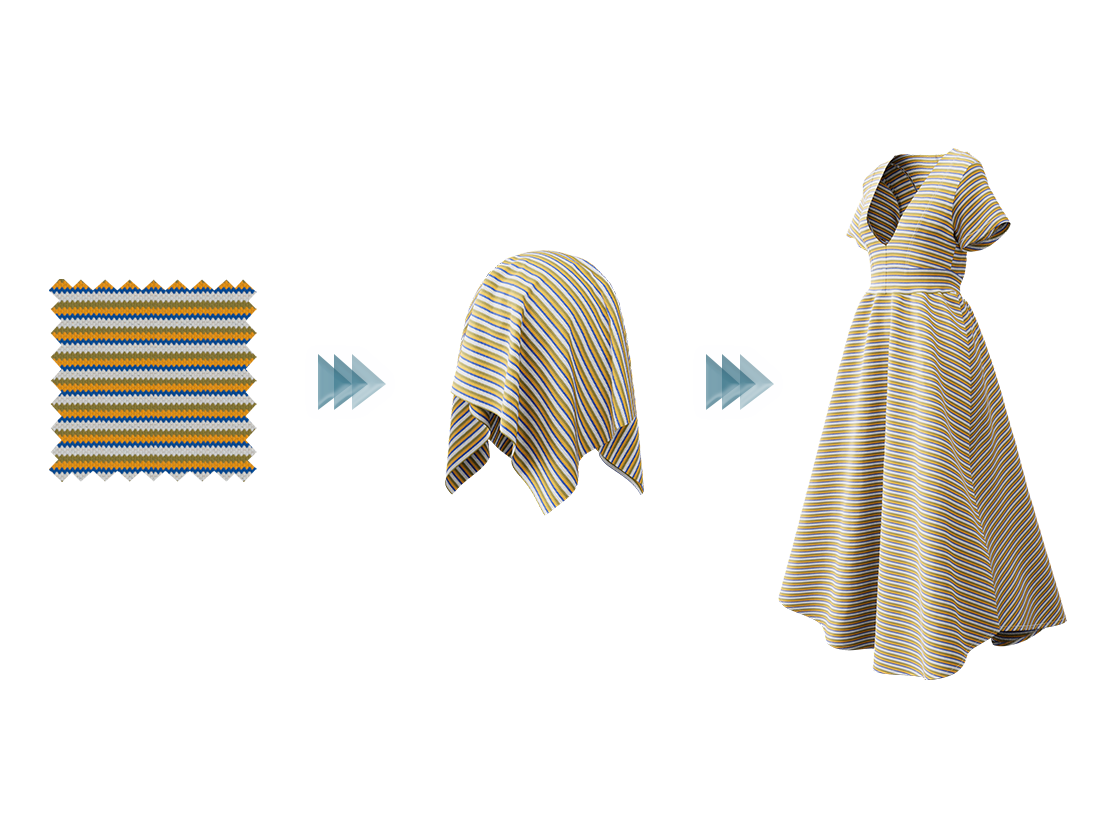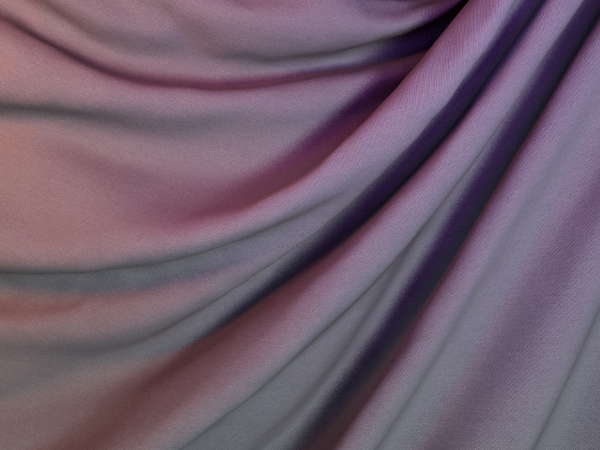It’s not just designers that have a need for digital textiles. Many jobs across the fashion supply chain can leverage 3D textile simulation software in this rapidly-evolving shift toward digitalization. SEDDI Textura is one such solution that offers an unwavering path forward in a world of constant disruption. Just how much positive influence Textura can have on the fashion industry is truly up to the user. Here’s a glimpse of how SEDDI’s groundbreaking digital textile technology is redesigning roles in fashion’s global supply chains, including:
- Mill Workers
- Designers and Technical Designers
- Sourcing and Production Managers
- Product Managers, Buyers, and Merchandisers
- Suppliers and Factory Partners
Mills
Imagine leaving behind the heft of wheeled trunks packed with sample books and swatches. SEDDI Textura allows mill representatives to demonstrate drape and appearance to prospective clients in a way that offers an excellent preview of fabric performance. Thus, trade shows have an opportunity to become more interactive, with no limit to how many fabrics are showcased. During the development stage, mills can offer digital previews to clients in countless colorways and patterns, reducing the time and waste required for handlooms and strike-offs to be prepared and mailed manually. Textura’s promise of efficiency of time, space, and spending is game-changing.
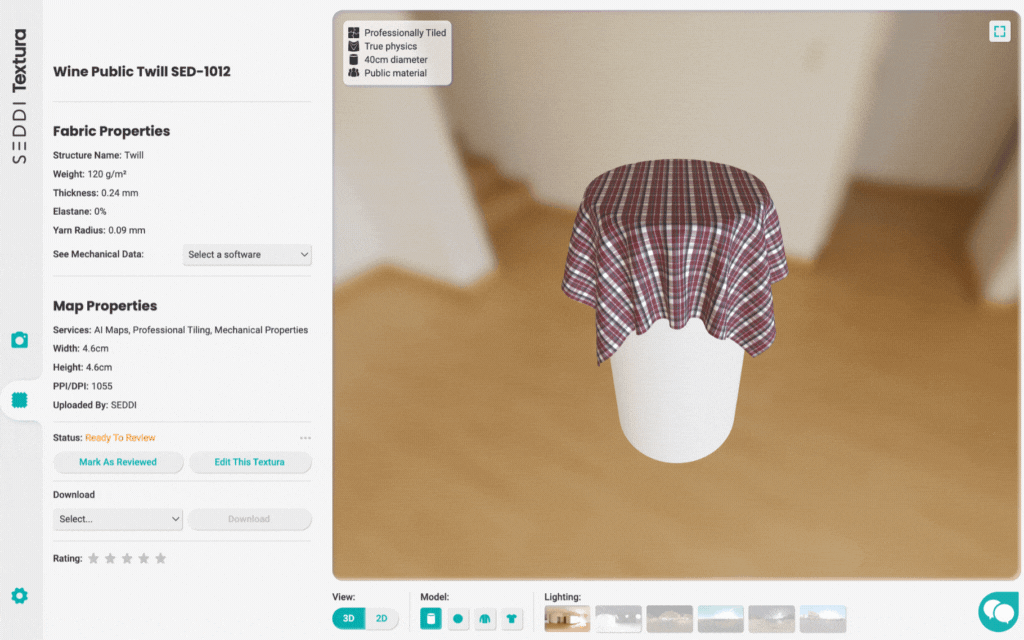
Fabric Digitalization in SEDDI Textura
Designers and Technical Designers
From a designer’s perspective, having an immediate and accurate visual of a product’s styling means no surprises when physical samples arrive. Using SEDDI Textura in conjunction with 3D design software like SEDDI Author, designers can troubleshoot a pattern before it’s drafted, narrow down options without waiting for a prototype, and see how the styling drapes and moves without the sample room having to wait for yardage. In compatible 3D design software, there’s even the possibility to simulate styles in multiple size ranges, from Petite to Plus, as the industry works to become more size-inclusive. Also, the CAD team can ensure print or pattern choices complement the way a fabric behaves before requesting a strike-off or handloom.
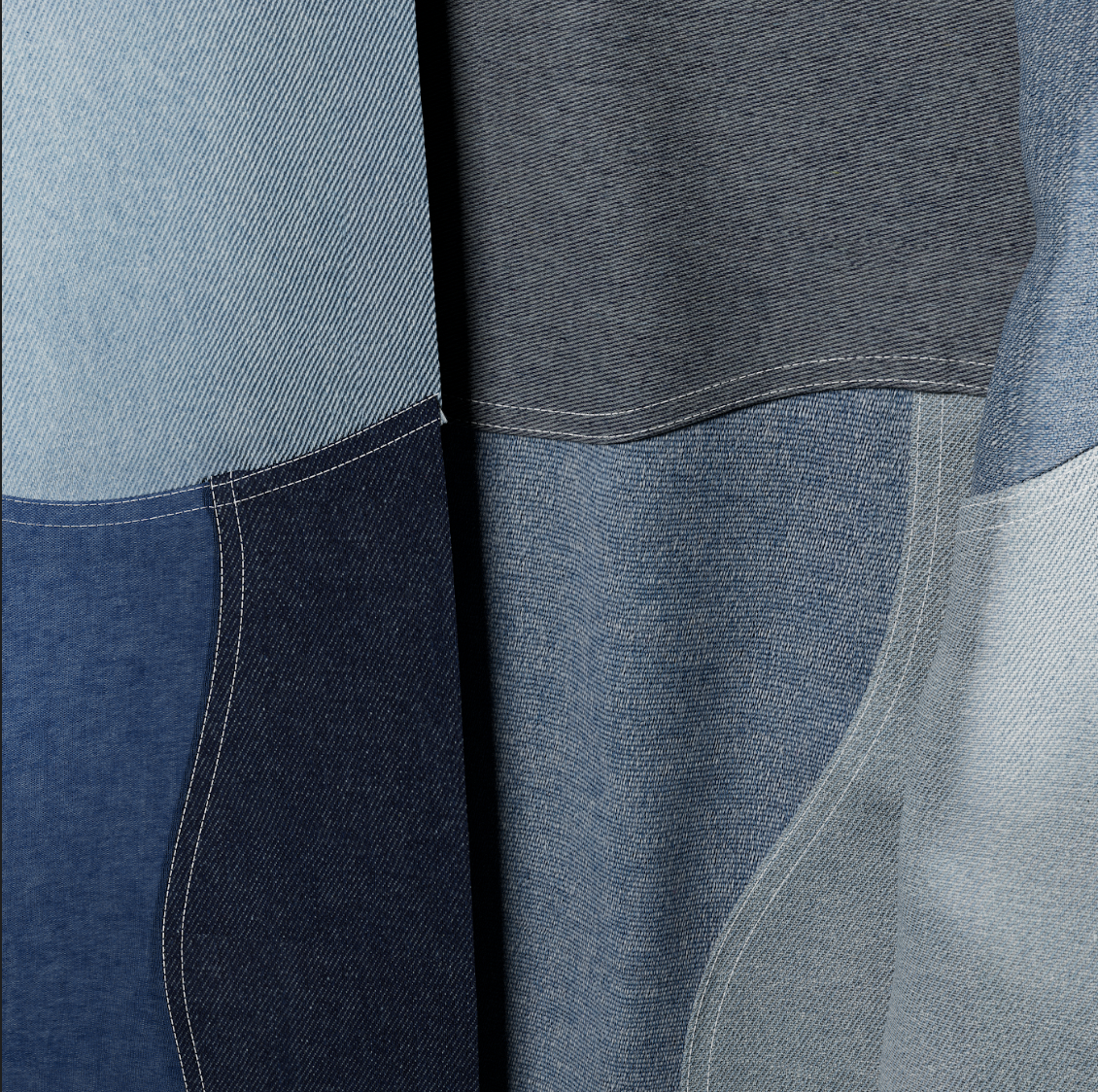
Close-up of a rendered SEDDI Textura
Technical design roles become the most streamlined with the help of SEDDI’s technology. From being able to catch garment spec mistakes before sampling to reducing rounds of fittings drastically, this role will evolve quickly as tremendous time and money savings bring products to market weeks or even months earlier than in the past. Textura’s accuracy in the physical representation of materials solidifies trust in virtual garments and, eventually, in-person fittings will become significantly reduced. Freed-up time and funds can then be invested in evolving customer fit needs and implementing consumer-facing virtual try-on solutions.
Sourcing and Production
Since the design and technical departments can preview fabric behavior earlier in the process, sourcing and production teams will then waste less time and money on the back-and-forth of physical swatches. The space necessary for a materials library is eliminated. Sourcing specialists can instead focus on sustainability efforts, fiber choice, and material innovations. On the production side, digital bulk submits can be approved quickly, without the hassle of repeatedly following up with vendors on the status of a package. Delays at Customs—the headache of every Production Manager—will become a thing of the past.
Product Managers, Buyers, and Merchandisers
Product and merchandising teams use Textura to survey for interest and narrow down assortments before requesting sample runs, opening up the possibility of eliminating showroom samples entirely. Sales teams no longer have to keep track of physical samples—digital samples can be incorporated into PLM and shown to multiple clients simultaneously.
Suppliers and Factory Partners
Global Factory partners also benefit from digital fabrics generated in SEDDI Textura. Suppliers needn’t occupy themselves with tech pack translations; visual simulation speaks a common language. Reduced sampling enhances the bottom line for factories as well, lessening the burden on overwhelmed factories and increasing their capacity for bulk orders. Communication between mills, factories, and brands become simplified with a united view and clear expectations.
Throughout the value chain, SEDDI Textura has the power to improve the way fashion functions. Where and how that potential is applied is limited only by our imagination. The future of fashion is bright when innovative digital technologies like SEDDI Textura are a part of it.
If you’d like to experience the benefits SEDDI Textura can bring to your role in the fashion industry, sign-up to try it today.

